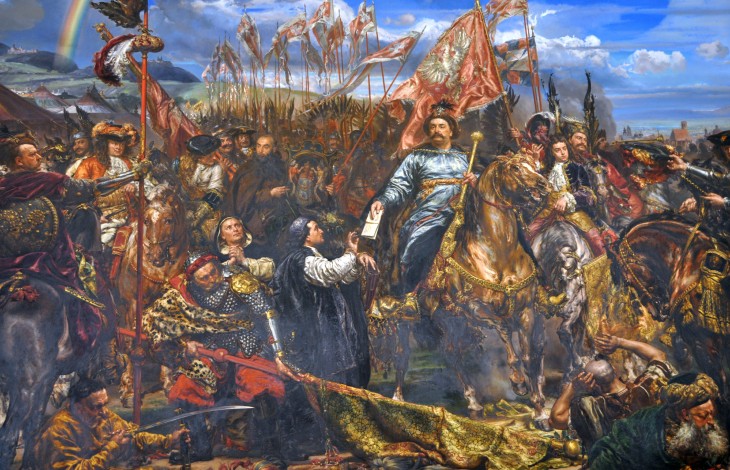

In April of 1683 the Ottoman army, with the support of Grand Vizier Merzifonlu Kara Mustafa Pasha, began moving towards Vienna, joined by a Transylvanian army under Prince Mihaly Apafi and a Hungarian force under Imre Thököly - some 150,000 men. The Holy Roman Empire concluded an alliance with Poland in 1683’s Treaty of Warsaw, where Holy Roman Emperor Leopold and Polish king John (Jan) III Sobieski promised to help each other out if the Ottomans were to attack them. As the Ottomans took a lot of time to attack, the Holy Roman Empire had a lot of time to prepare and organize its allies and the plan of defence. The Ottoman forces were mobilized on 21 January 1682 and in August of the year, they declared a war against the Holy Roman Empire, which was, at the time, trying to take control over Hungary. The Ottomans knew that and provided military assistance to the Hungarians and the non-Catholic minorities in the Habsburg-occupied territories, hoping for their support when the time came for Ottomans to take control, promising them a recognized Kingdom of Vienna in return.


Torn by religious and political conflicts, it was the perfect spot to become a playground of foreign forces. Hungary was not internally a stable country in the years preceding the siege. The first unsuccessful siege of Vienna took place in 1529, led by Suleiman the Magnificent. The Ottoman Empire had a strategic intent of capturing the city of Vienna due to its power and control of the trade routes. Its members were the Papal States, The Holy Roman Empire, the Venetian Republic, the Tsardom of Russia and, of course, the Polish-LIthuanian Commonwealth. The time from 1683 to 1699 is known as the Third Polish-Ottoman War, a part of the Great Turkish War, beginning with the conflict and the Polish victory in the battle of Vienna.Īnother important union to remember during this time in history is the one known as the Holy League (or Sacra Ligua in Latin), an alliance organized by Pope Innocent XI in 1684, with a wish to oppose the Ottoman Empire with combined forces of its opponents. The state collapsed after the Third Partition of Poland in 1795.ĭuring that time, Polish-Lithuanian Commonwealth fought against outside enemies, one of them being the Ottomans, who planned to seize Europe. Officially, the union lasted from 1569, though the personal union began with the marriage of the Polish queen and Lithuania’s Grand Duke. As such, it was one of the largest countries of what was then eastern Europe. In 1683, Poland was the part of the Polish-Lithuanian Commonwealth, a dual state or a bi-confederation of Poland and Lithuania led by a common monarch. Fought against the Ottoman empire and led by Polish King Jan III Sobieski, this achievement forbid the Ottomans from taking over the continent. The battle of Vienna/siege of Vienna in 1683 changed the course of European history forever.


 0 kommentar(er)
0 kommentar(er)
